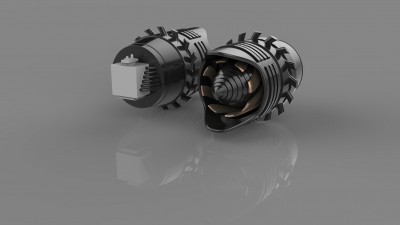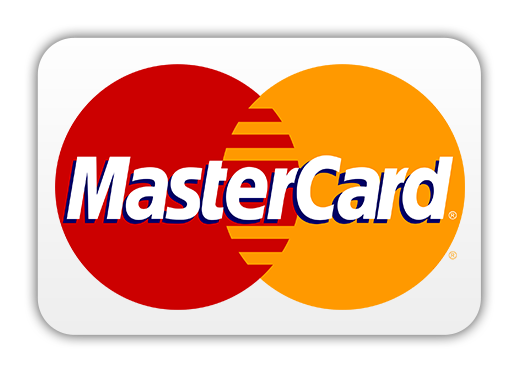Displaying items by tag: aerospace
Die Firmengruppe Liebherr, die u. a. für ihren Aerospace-Bereich auch beschichtet, hat das Jahr 2022 mit einem neuen Rekordumsatz von 12.589 Mio. Euro abgeschlossen. Im Vergleich zum Vorjahr verzeichnete das Unternehmen somit ein Umsatzwachstum von 950 Mio. Euro oder 8,2 %.
Mit rund 2500 Mitarbeiterinnen und Mitarbeitern ist die Liebherr-Aerospace Lindenberg GmbH (Standorte Lindenberg und Friedrichshafen) Teil eines Familienunternehmens mit ca. 48 000 Beschäftigten weltweit.
Coatings comprising carbon nanotubes (CNT) are super black, that is, characterized by uniformly low reflectance over a broad range of wavelengths from the visible to far infrared [1, 2]. This is attributable to the intrinsic properties as well as the morphology (density, thickness, disorder, and tube size) of graphitic material.
Plasma electrolytic oxidation also known as micro arc oxidation (MAO) or spark anodization is a relatively new surface modification technique. The process is used for growing thick, and hard oxide coating on light metals and alloys such as Al, Mg, Ti [1-5]. In principle, the process is similar to anodizing but involves the use of higher voltages and is carried out with mild aqueous alkaline electrolytes [6–17]. In this process, plasma discharge occurs which leads to partial fusion of an oxide film and consequently formation of an extremely adhesive oxide coating on the substrate [18].
Electroless Ni-P coating with subsequent oxidization is a well-established technique for ultra-high absorptance black finish [1–4], although the darkest man-made surfaces are made of carbon nanotubes (CNTs) [5]. The robust surface of the black Ni-P coating is preferable for minimising the risk of accidentally damaging the dimensionally critical baffles of large size. On the contrary the CNT forest is quite fragile. The black electroless nickel has outstanding mechanical properties and stability against sunlight exposure in humid as well as extreme space conditions.
Nickel and cobalt are silver-white elements. Nickel has been widely used in coins, manufacturing of certain alloys that retain a high silvery polish, such as German silver. Nickel is slowly oxidized by air at room temperature and is considered corrosion-resistant. Historically, it has been used for plating iron, copper, bronze, and brass etc. About 9 % of world nickel production is still used for corrosion-resistant nickel plating. Nickel-plated objects sometimes provoke nickel allergy.
Chromium is a steely-gray, lustrous, hard metal that takes a high polish and has a high melting point. While chromium metal and Cr(III) ions are not considered toxic, hexavalent chromium, Cr(VI), is both toxic and carcinogenic. 85 % of the available chromium is used in metal alloys. The remainder is used in the chemical, refractory, and foundry industries. Chromium compounds are used in leather products, dyes, paints, cement, mortar and are anti-corrosives. Chromium salts (chromates) are allergic to some people. Chrome ulcers are often found in workers that have been exposed to strong chromate solutions in electroplating, tanning and chrome-producing manufacturers [1, 2]
Anodic oxide coatings are formed on the metallic job by an electrochemical process known as anodizing. The process is carried out in an electrolytic cell where a job is made of an anode and a suitable inert metal as a cathode (Figure 3.1). When the electric current of sufficient voltage is passed through a suitable electrolyte the metal surface is converted to an adherent oxide coating which is an integral part of the substrate [1–4].
Chemical conversion coatings are one of the most common surface modification techniques that provide a barrier between metal and its surrounding environment [1]. The treatment can be carried out by dipping, spraying or by application of brush. The term chemical conversion is used where the exposed metal surface gets converted into the chemically inert inorganic coating by a chemical or electrochemical process. The coatings, in addition to corrosion protection, may impart requisite functional properties, enhanced surface hardness and a good base for application of subsequent paints, lubricants, adhesives, etc. The properties of these coatings depend on the kind of substrate metal, the composition and structure of the coatings. On the other hand, the composition and structure of the coatings depend on the bath composition and operating parameters of the process.
Besides aesthetic look, black finish on metallic substrates are used for various technological applications. Black coatings exhibit strong absorbance for a wide range of incident angles and are therefore extremely important to suppress stray light in the optical systems. Black coatings are abundantly employed as passive thermal control technique to maximise the thermal radiation in parts and devices.
















